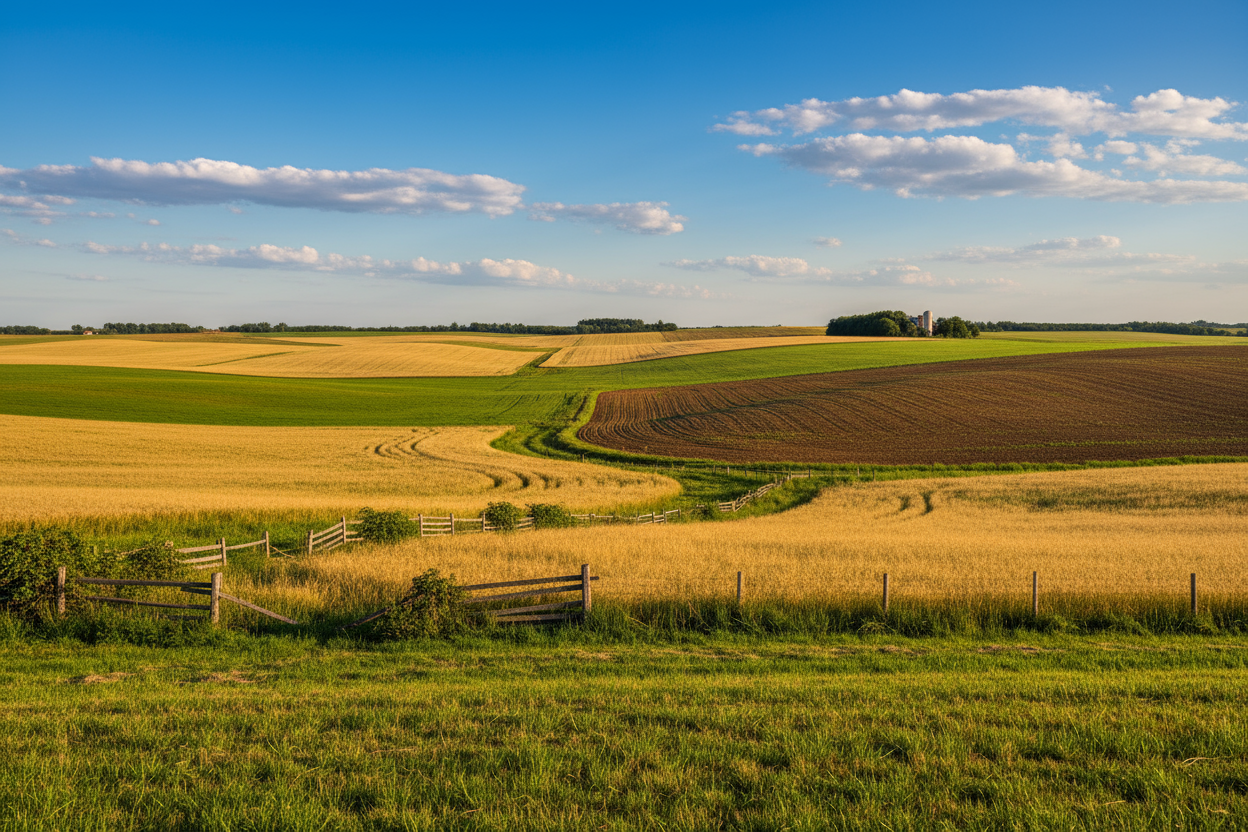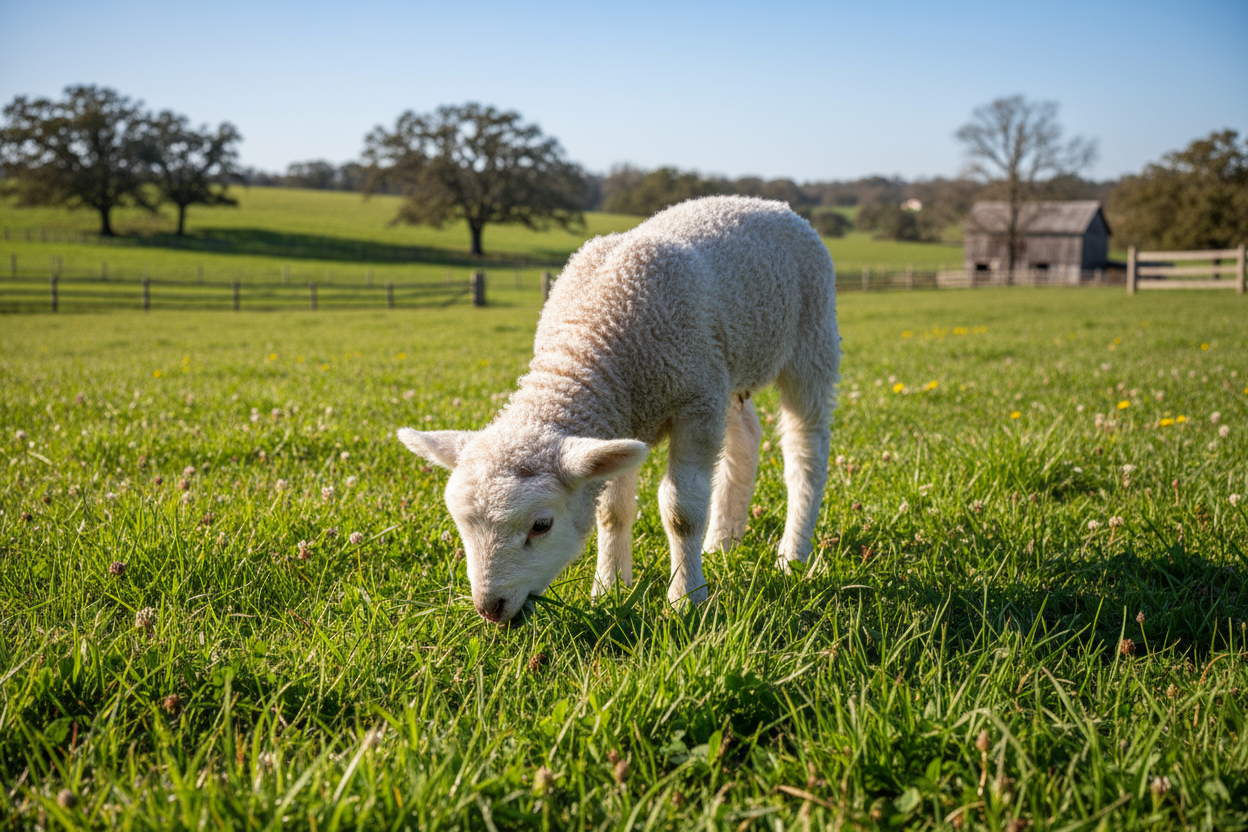The Real Story: Cattle, Climate, and the Cycle of Life
For years, livestock have been labeled as villains in the climate change debate. Critics argue that cattle are major contributors to global warming due to methane emissions. But this argument overlooks one essential truth: livestock are part of a natural, ancient, and necessary cycle that has sustained life on Earth for hundreds of millions of years.
The Misunderstanding About Methane and Meat
Modern climate debates often focus on simplifying complex systems into easy talking points. One popular idea is that by eliminating cattle, we can solve climate change. Politicians and activists have pointed fingers at ranchers, saying that ruminant animals like cows release methane and are harming the planet.
However, this argument ignores a crucial fact—methane is a natural byproduct of all organic decomposition. Every time vegetation rots, burns, or is digested, methane is released into the atmosphere. That includes emissions from bacteria, insects, wildlife, and even humans. On the flip side, growing plants actively sequester carbon gases from the atmosphere, balancing the equation.
Grasslands: Nature’s Perfect System
Let’s look at the Earth’s land surface. About 71% of the planet is covered by water, leaving 29% as land. Of that land, one-third is desert, one-third forest, about 11% crops, and roughly a quarter is pastureland. Most pastureland isn’t suitable for crops—it’s too rocky, dry, or uneven. What grows best there is grass, and humans can’t digest grass.
That’s where ruminants come in. Cows, buffalo, sheep, and goats can transform grasses—nutrient-rich and full of Omega-3 fatty acids—into dense, bioavailable nutrition for humans. This process doesn’t destroy the environment; it enables the grasslands to thrive. The animals fertilize the soil, encourage regrowth, and maintain the health of the ecosystem.
The Eternal Cycle of Life
For more than 400 million years, life on Earth has functioned through this natural balance. Grasses grow using sunlight, soil, and carbon dioxide. Ruminants eat the grass, digest it, and return nutrients to the soil. Predators eat the ruminants, and the cycle continues. When humans began managing herds, we didn’t disrupt the cycle—we simply became a part of it.
The buffalo once roamed North America in massive herds, naturally trimming grasslands and feeding predators. Today, cattle fill that role, and humans have taken the place of those predators. The cycle continues, unchanged in its fundamental purpose and function.
What Happens If We End Cattle Ranching?
If we were to eliminate cattle, as some propose, grasslands would stop being “harvested.” Uncontrolled grass growth would eventually decay or burn—releasing methane and carbon dioxide in the same way animals do. Without grazing animals, grasslands would degrade, carbon sequestration would slow, and fires (like California’s devastating wildfires) would become even more frequent and destructive.
In the long run, nature would correct itself by reintroducing wild grazers and predators, reestablishing the same system we already have today—just with more chaos and less benefit to mankind.
The Real Bottom Line
Cattle aren’t the problem. Misunderstanding natural cycles is. Grass-fed livestock are not only sustainable—they’re essential to maintaining the health of the planet’s grasslands and nutrient cycles. Replacing meat with processed alternatives or monocrop agriculture doesn’t save the Earth; it weakens both ecosystems and human health.
When we honor the natural order of life—grass, animals, and humans working together—the planet thrives. When we break it, everything suffers.



